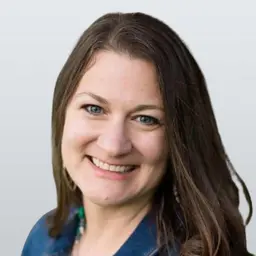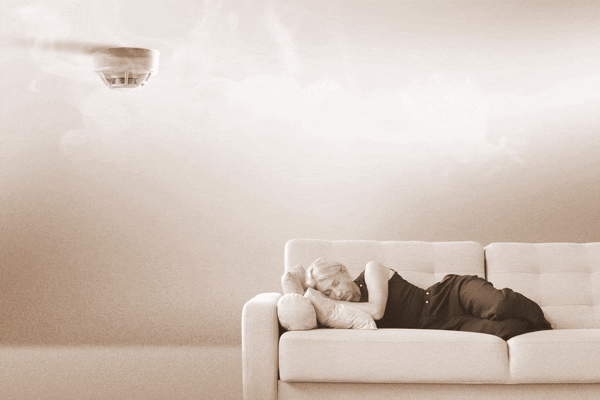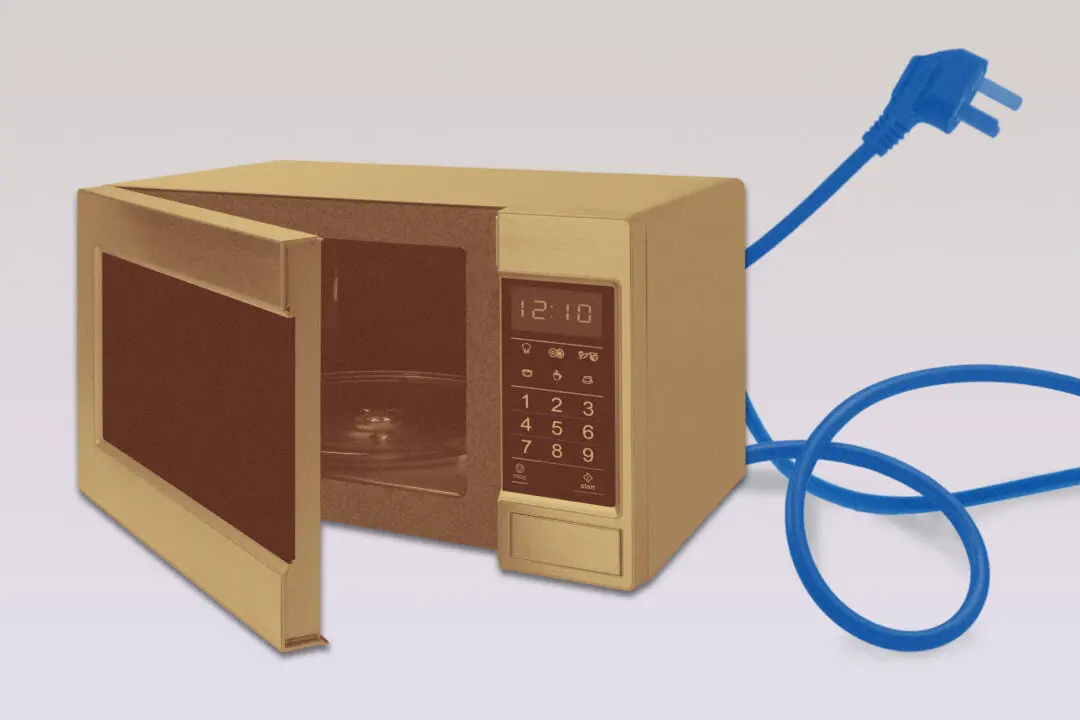If there’s one message Brandon Crawford would like to share with the world, it is that a broken brain can heal.
A functional neurologist and pioneer in laser therapy, Crawford isn’t intimidated by even the most severe cases of traumatic brain injuries. He has risen to popularity for his out-of-the-box thinking and his patients’ miracle recoveries at the NeuroSolution Center of Austin, the medical clinic he co-founded in Cedar Park, Texas.






